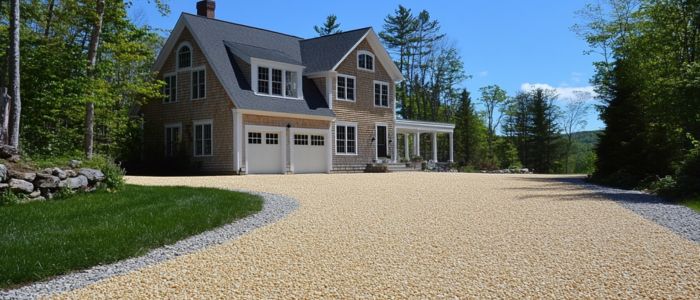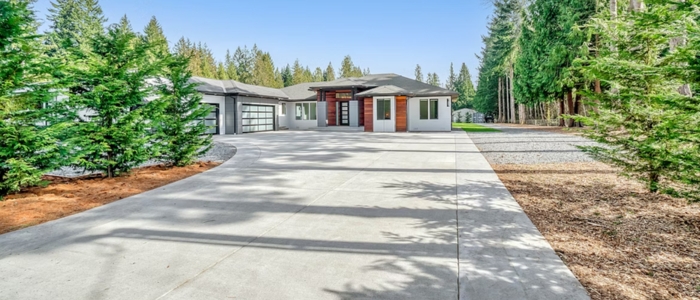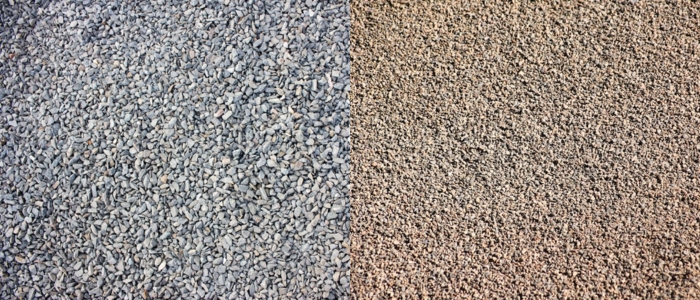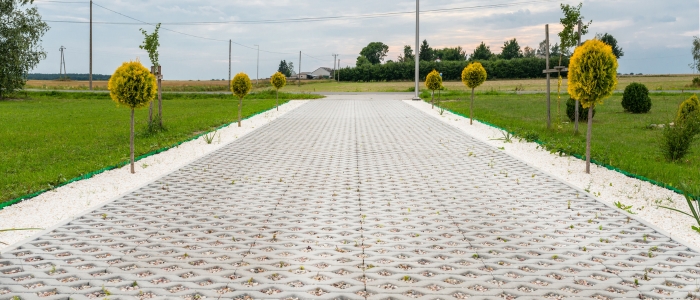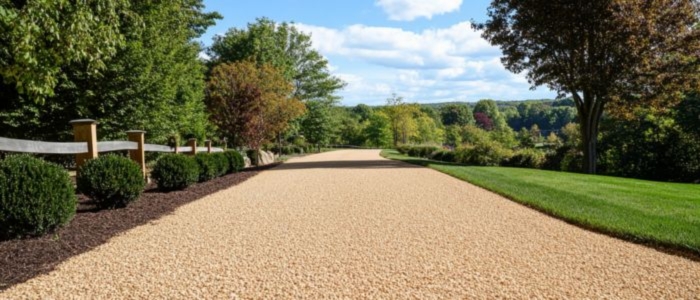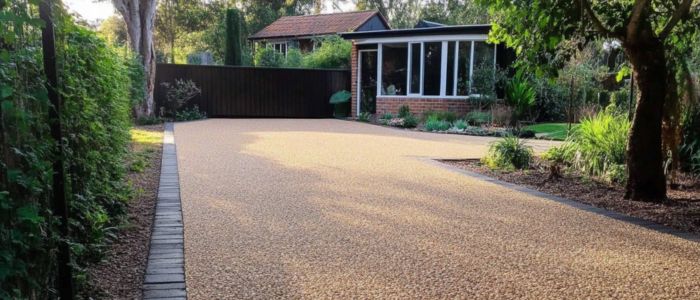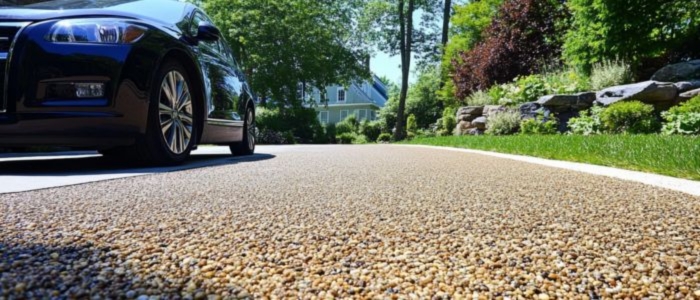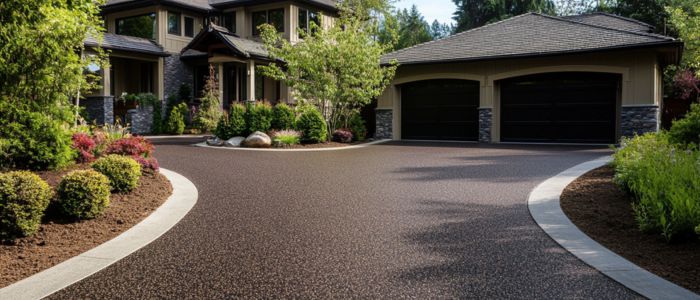Chip Seal Driveways – 5 Key Benefits for Durability & Style
Imagine pulling into a driveway that not only enhances your property’s appearance but also stands up to New England’s toughest weather conditions. A chip seal driveway delivers the perfect blend of durability, texture, and style, making it a long-term investment that offers value, performance, and aesthetic appeal. Popular in both residential and municipal applications, chip […]

